Before I explain what “HDR” is, let me explain why it is.
Did you ever see a spectacular landscape you thought would make a fabulous photo only to be disappointed? Because the sky was blown out; shadow areas were mush; there was detail only in the middle range; it was impossible to increase color saturation here without overdoing it there, etc.
The problem is that no camera can produce an image exactly the way the human eye sees it. Capturing the dynamic range—the extreme highlights and the details within deep shadows—eludes digital and film cameras.
In the days of film photography, you compensated in the darkroom by burning in light areas and dodging overly dark ones. It’s not that easy with modern digital cameras. Certain outdoor and indoor shots can challenge even the most experienced photographer—and the fanciest camera.
Shoot multiple exposures, then put them together
That’s the simple definition. High Dynamic Range (HDR) photography is a technique of setting the camera at different exposure levels to capture the full range of detail in the brightest to the darkest area of the image. Depending on the subject, three or more exposures (“brackets”) may be shot. Using a computer program, the photographer merges all the brackets, then fine tunes color and detail with “tone-mapping.”
The example below shows the individual brackets used to create an HDR image (there were actually 20 brackets, but you get the idea). Compare it to the single shot using normal settings, which average out the dynamic range of the entire exposure. I’m sure you’ll agree the HDR version is the winner.
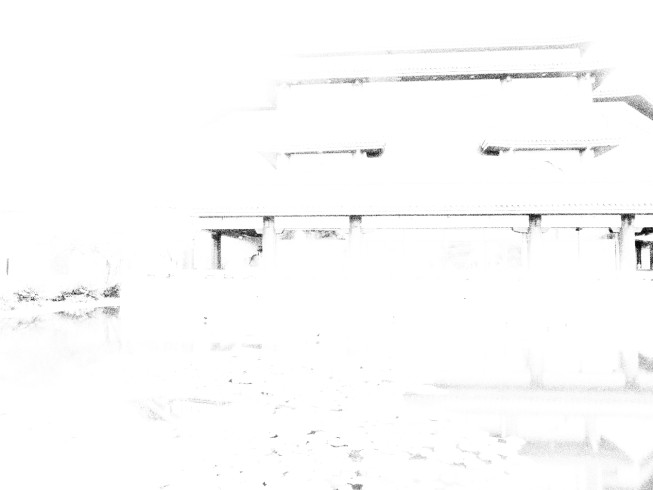
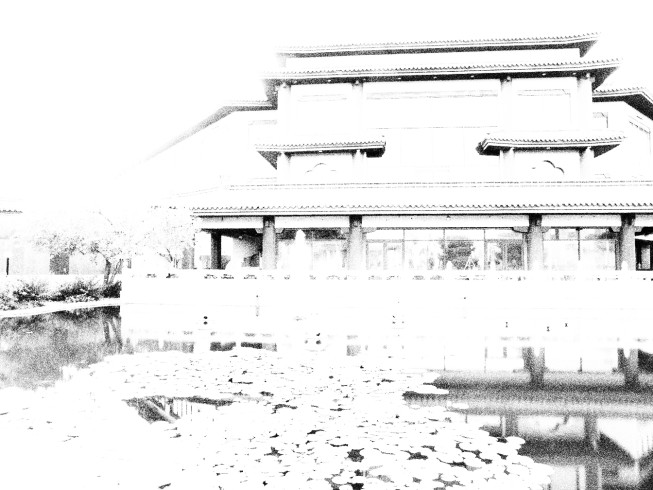
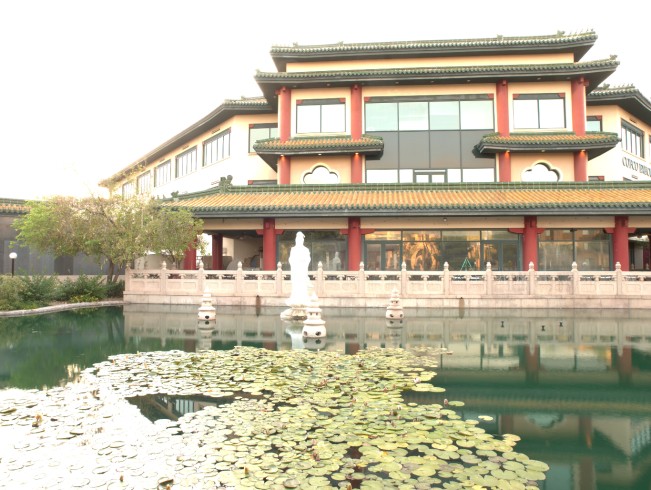
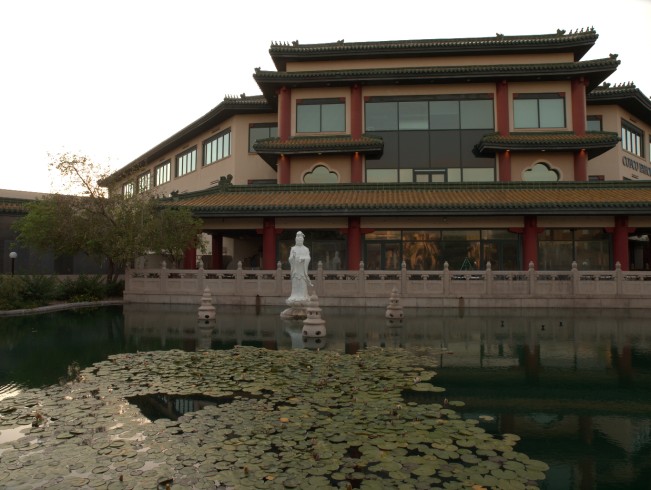
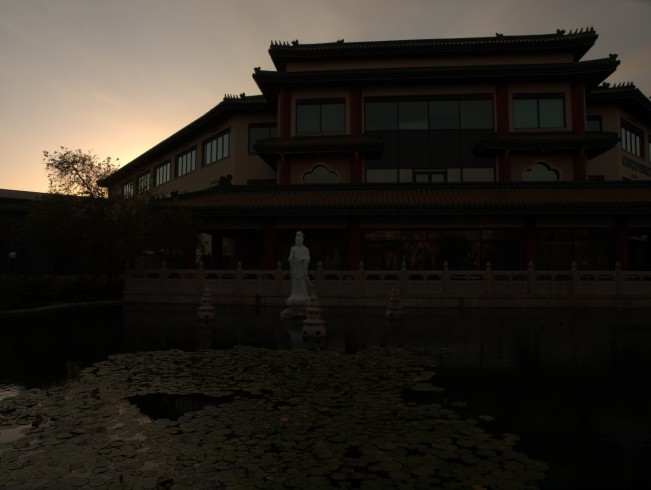
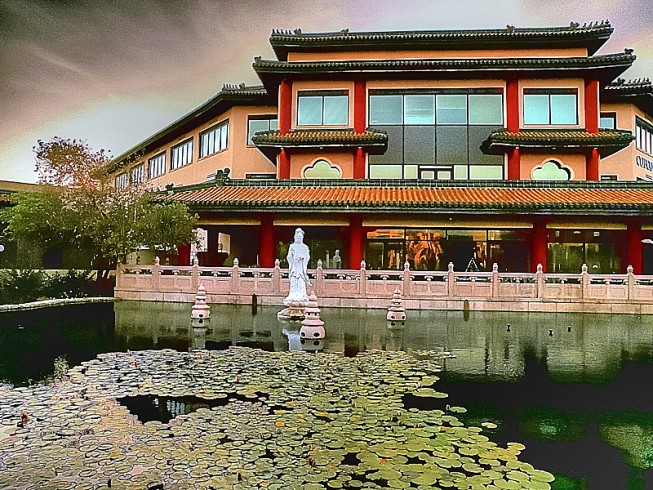
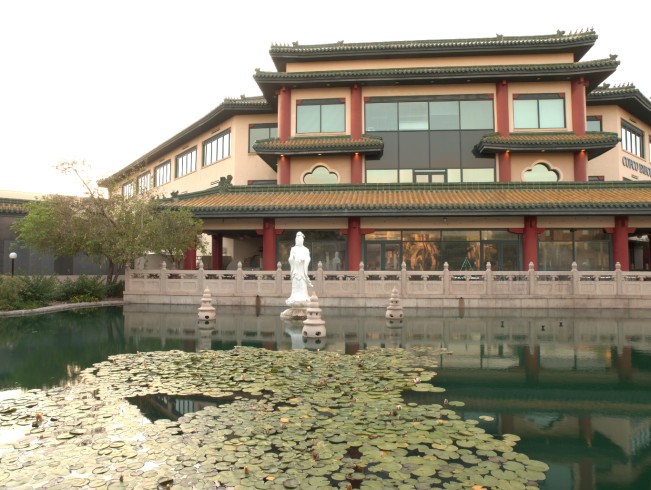
Final HDR Image "Normal" Exposure
When to use HDR
HDR is great for outdoor scenes. Indoors it solves problems caused by low and mixed (natural and artificial) light sources. It’s hugely successful for capturing an interior that includes the scene outside. (Architects and real estate folks, take notice!)
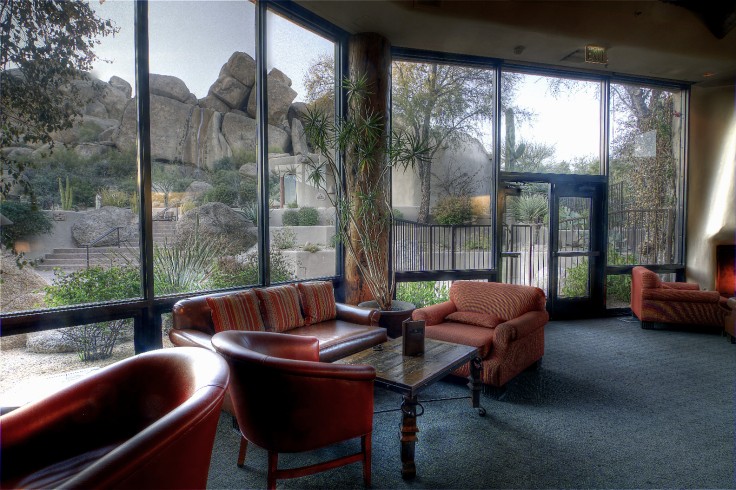
What about portraits? It depends. HDR brings out detail from every portion of the image, including one’s face. If you’re like me, you’d rather not emphasize every pore and crease (“more diffusion, please!”). In addition the subject must remain absolutely still. So we don’t recommend HDR for headshots or traditional portraits.
However, if the person is placed in a background that’s equally important, HDR can produce a very interesting portrait. Or if you’re after a surreal or gritty look, then yes.
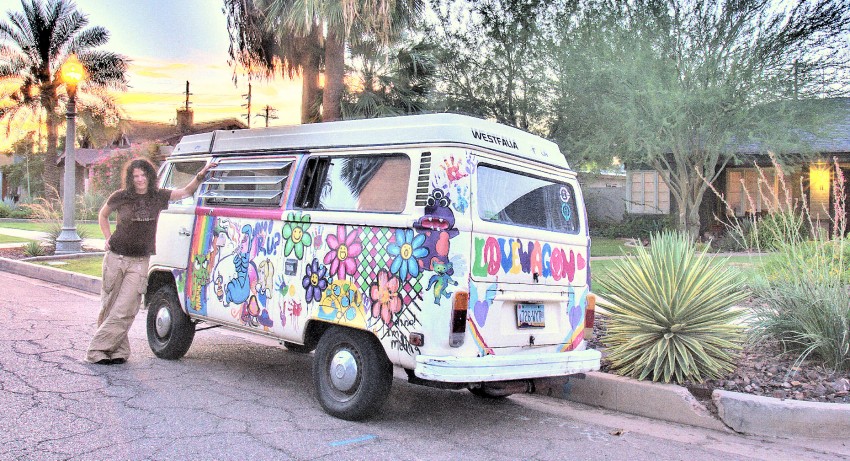
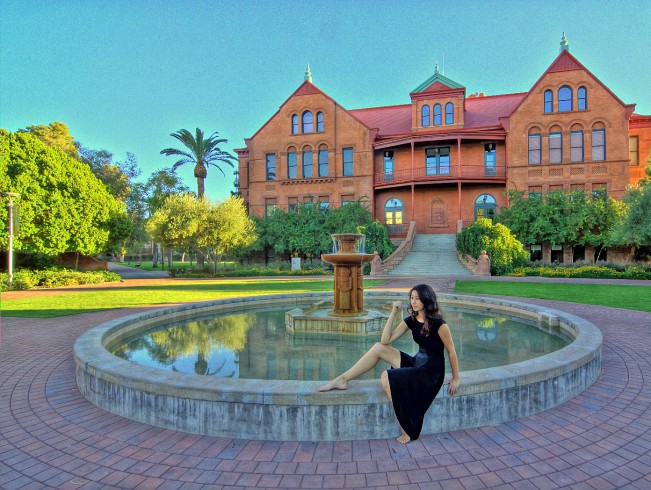
Room for creativity
The HDR technique opens an array of postproduction effects. You can apply a light touch that looks about the same as a normal exposure—only it’s crisper and better balanced. Or you can push the detail and color effects to achieve a variety of artistic interpretations. Charles gave a fairytale look to the “Moorish castle,” below.

Creating digital images with HDR takes a lot of knowledge and practice. And of course an investment in the required software. We’re happy to have the HDR skills and equipment needed to boost the quality and “wow factor” of our work.